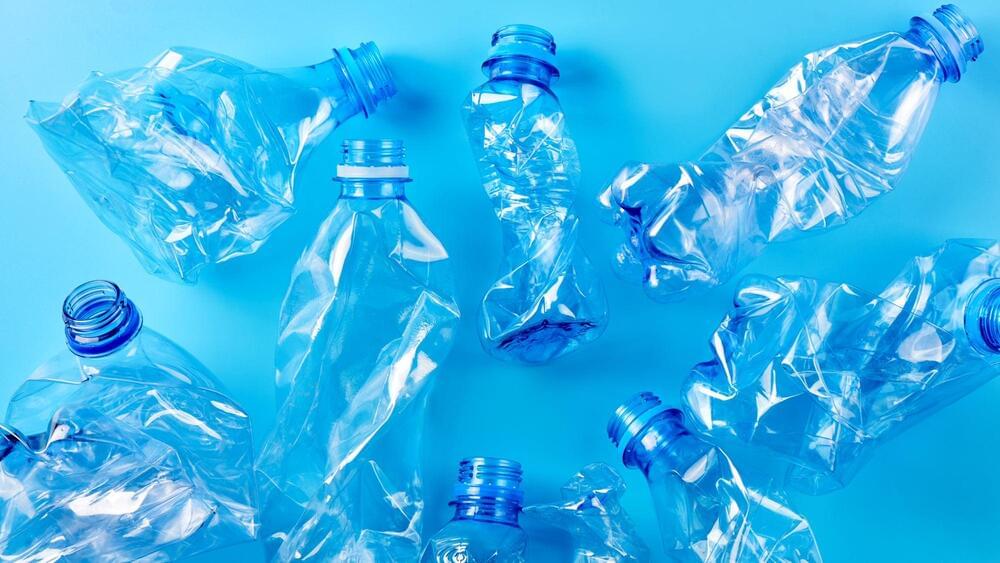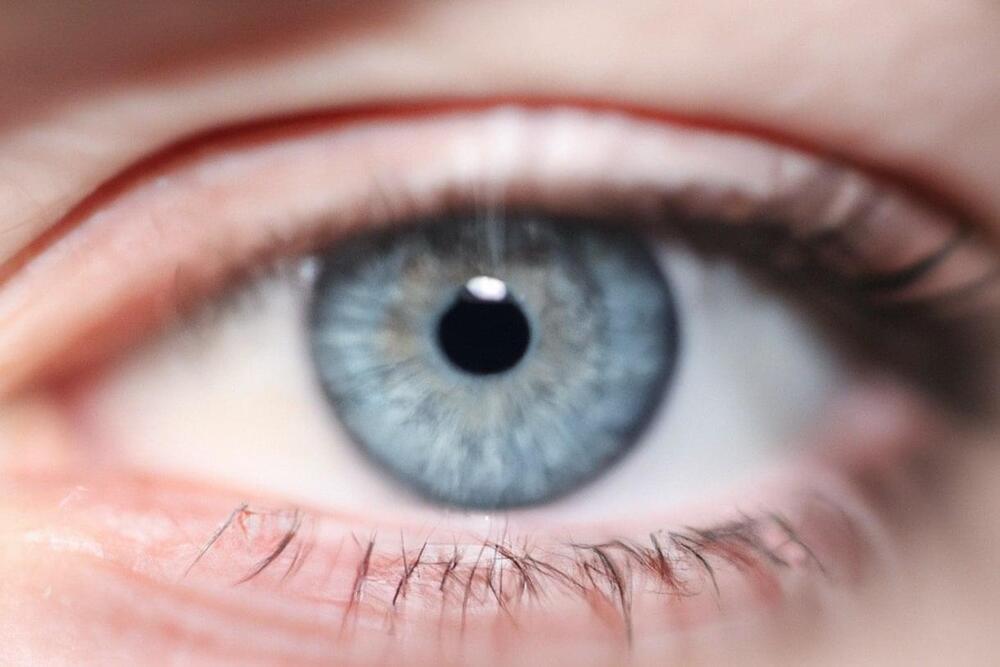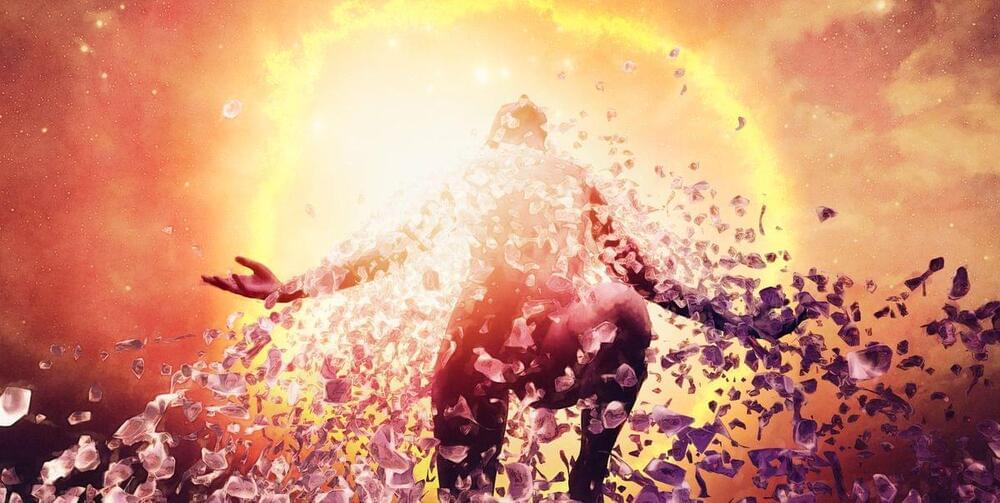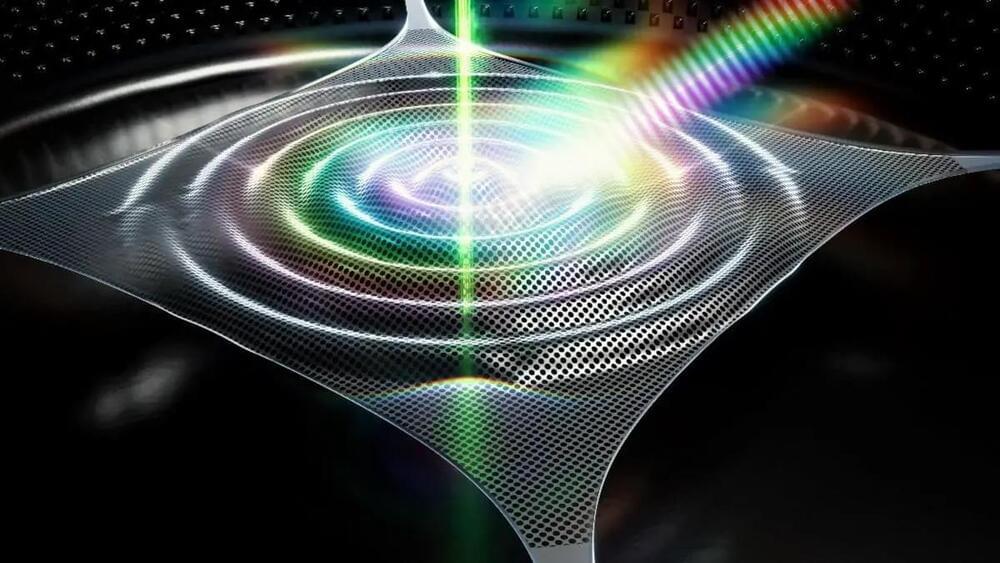Physicists at Delft University of Technology have developed a new technology on a microchip by combining two Nobel Prize-winning methods for the first time. The microchip is capable of accurately measuring distances in materials, which could have applications in areas such as underwater measurement and medical imaging.
The new technology, which utilizes sound vibrations instead of light, could be useful for obtaining high-precision position measurements in materials that are opaque. This breakthrough could result in the development of new methods for monitoring the Earth’s climate and human health. The findings have been published in the journal Nature Communications.
<em>Nature Communications</em> is a peer-reviewed, open-access, multidisciplinary, scientific journal published by Nature Portfolio. It covers the natural sciences, including physics, biology, chemistry, medicine, and earth sciences. It began publishing in 2010 and has editorial offices in London, Berlin, New York City, and Shanghai.








